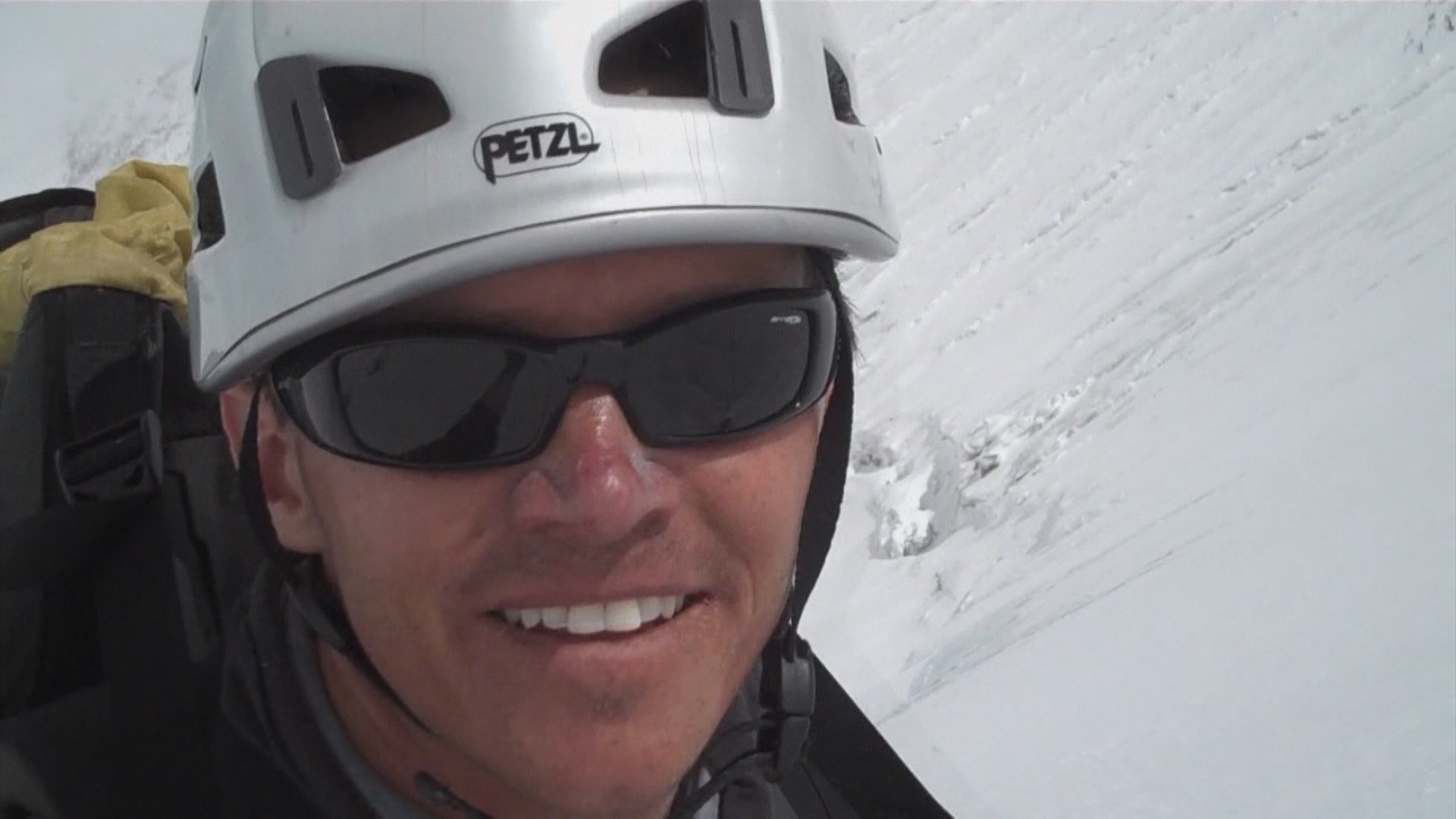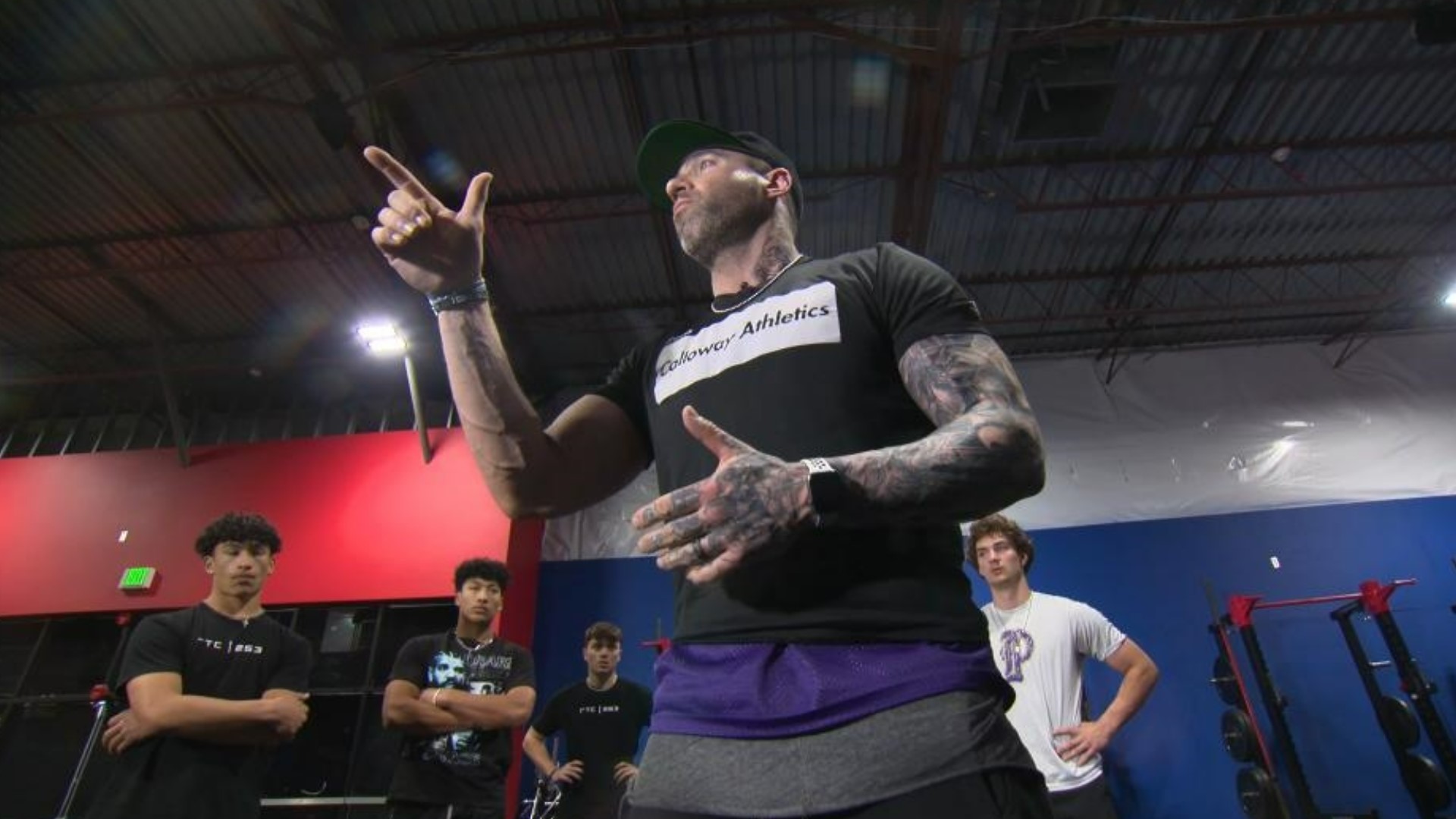Experienced mountaineers say that it's not always the going up that's the hard part. Sometimes coming down is the most dangerous... even more so if you go blind.
Everything seems right on schedule for experienced climber Brian Dickinson.
"Every step forward is a step closer," he said.
But closer is only a relative term when your goal is 29,000 feet up.
Heading up to camp the day before Dickinson noticed a guy being helped down who was snow blind.
"I remember just stopping and thinking, man I'd hate to be that guy[...] Little did I know," Dickinson said.
A thousand feet from the summit, Brian's sherpa cannot continue. But they decided Dickinson should just go at it alone.
"I've solo'd many mountains. I train alone quite a bit. So I'm very comfortable in that situation."
So he forges ahead.
Back home in Snoqualmie, Dickinson's wife and two kids only know dad is on top of the world.
And eventually, he gets there. His video camera freezes, but he manages to snap a few photos before heading back down.
Within a few feet from the peak, he went completely snow blind -- a mountaineers nightmare.
"It's very painful. It feels like scratching inside of your eyelids. And it's just white," Dickinson said.
He reveals that the day before the climb, he cracked his goggled. They were all fogged up so Dickinson ripped out the inner lens... unknowingly exposing his eyes.
"As soon as that sun came up, banked off the ice, it fried my corneas."
When the snow blindness finally hits, he's alone at Earth's highest point. He says all he remembers was grabbing a rope and being in pain. He's fortunate sherpas have left ropes to lead the way down.
But his blindness is only the beginning. As he methodically makes his way, his crampon, ice cleat, falls off and down a steep slope. He can't see, so he's essentially on one leg.
That's when miracle number one happens.
"Took a fall and the rope shock loaded, saved my life. I would've fallen for two miles. And landed pretty close to where my crampon was."
He has to move much slower than he would if he could see. It should have only taken him three hours to get down to high camp. But with a loss of vision, it took him seven.
With hours still to go, suddenly Dickinson can't breathe.
"My mast from my oxygen just collapses around my face. And I ripped my mask off and I'd run outta oxygen. And at that point I'd been climbing for over 30 hours," he said.
Dickinson is a former navy rescue swimmer, so he plugs into his past.
"And a lot of the training actually came back. Because it's about being in the oxygen deprived situations underwater and never panicking. And just really assessing the situation and just focusing and moving forward."
He chants his wife and kids names with each step so he doesn't feel alone.
Miracle number two happens when he dropped to his knees and started to pray.
"At that moment, I had this energy, this life come over me. It was just like I was lifted up."
At that point he knew he was going to make it down. And he did.
Sherpas met with Brian at camp. He had two black eyes and lost 20 pounds from the excursion. He wouldn't be able to see for a month and a half.
It is crystal clear to Brian that to get off the mountain alive that day, he had help.
"The whole time I was heading down, I just felt this presence around me," Dickinson said.


